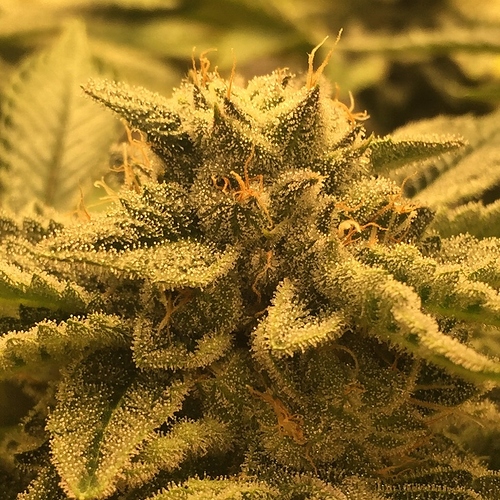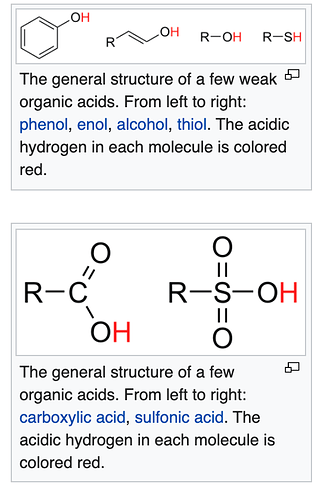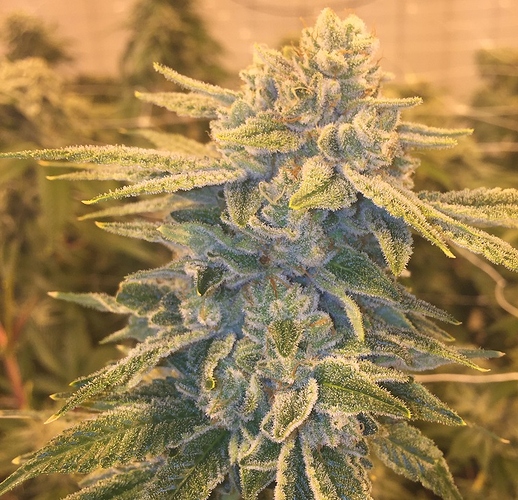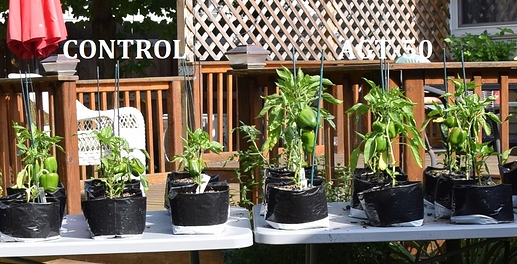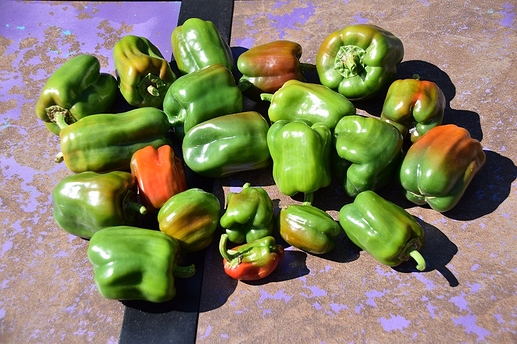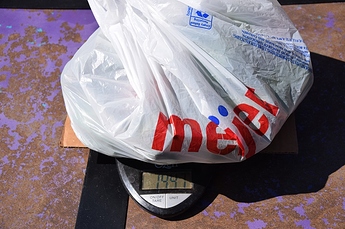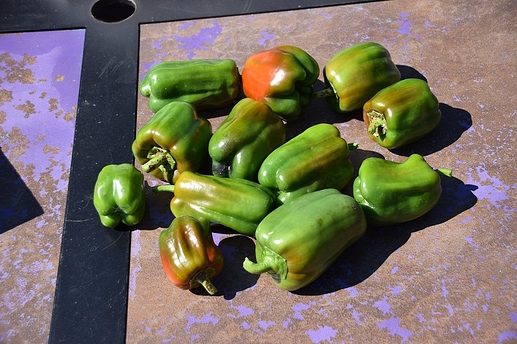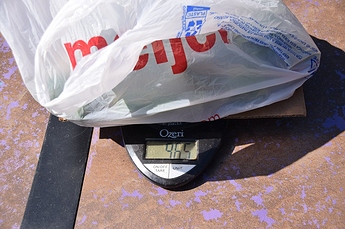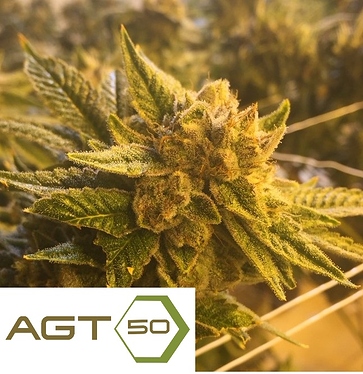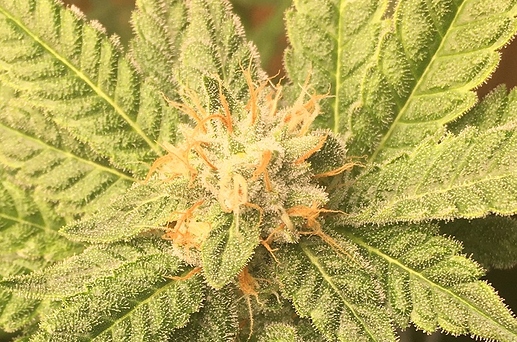That’s what I would do (at your location). Would be ideal.
@Autumn_Ridge_Hemp Growmore is a good company. I used their powders for years.
Bio cozyme is a kelp additive. It has hormones and minerals in it beneficial for plants. I can’t tell from the language, but it might have some kind of humate suitable for soil, but not for hydro. It doesn’t specify what type of kelp, so it is non-specific whether it is intended for veg or flower which may potentially cause problems
AGT-50 is a fulvic, amino, organic acid and mineral based biostimulant. It has soluble fulvic suitable for soil, hydro and foliar immediate absorbtion. It is suitable for veg, flower and foliar. A majority of the time, fulvic and kelp are compatible, although seaweed should be specific to growth stage.
I can extol the virtues of AGT-50 all day. It has paid me handsomely many times over for the input cost. But are there any “drawbacks” to using it?
The short answer is no, but it may require some tweaks to get the most with your plants- most of them have to do with plant metabolism. Fulvic revs up the plant metabolism and absorbs more and locked out nutrients. Your plants tell you what they are absorbing when you look at them. I’ve had to reduce my fertilizer usage 10% to prevent crispy tips by the end of flower. When I got it dialed in, it actually reduced my fertilizer costs.
The next tweak is to go low and slow- 1 ml/gallon drench and foliar. If you overdo it, it can throw off the plant water and metabolism. You get the best plant growth with consistently good habits. It’s the same for fulvic/amino/organic acid use with the plant.
The last is pH adjustment. I posted a picture that 1 ml/gallon pulled the pH down 0.2 points with soft water. Keep that in mind when mixing your nutrients. Along with good pH habits, other rules apply like not spraying in directly light.
If you have any troubleshooting issues, post them here or I’m always available.
When foliar spraying, is tap h20, bubbled h20 to rid chlorine, or neutral h20 (deheuy water) preferred?
Just fyi from what I understand bubbling does remove chlorine, but most locations have moved to chloramines as their water treatment chemical. Bubbling those out takes closer to a month than a day.
For my indoor grows I always used RO.
My outdoor is all off of well water though, and not having any issues.
I wouldn’t use tap water if it has chloramines.
I’ve been Bubbling tap for 10+yrs now on City water.
108tds.
Citric acid negates chloramine
That’s awesome you got it dialed for your set up. I was always too worried to try it haha.
I always spent so much time filling reservoirs with my ro system lol
Glorified water mover
I use a 45 gallon commercial grade garbage can for my water holding tank.
Bubbled 24/7
Same page, I have the white 55 gallon food grade barrels with the lids cut off
I have a place near me that gets essential oils in these barrels, and I take the empties off there hands
Tap water with 50 ppm carbonates and no chlorine/chloramine is ideal. The small amount of dissolved minerals buffers pH and doesn’t require the addition of cal-mag for plants.
If you have to use tap water that has chlorine/chloramine or high carbonates, AGT-50 will chelate (bind) them in the fulvic acid molecules. This means that chlorine/chloramine become neutralized or calcium/magnesium carbonate are made available to the plant. It’s a very complex and fascinating bunch of molecules.
Oh, and here’s some Glue just loving life.
ORGANIC ACID REVIEW
By Dr. Mark K. Williams, PhD Biochemist
An organic acid is an organic compound with acidic properties. The most common organic acids are the carboxylic acids, whose acidity is associated with their carboxyl group –COOH. Alcohols, with –OH, can act as acids but they are usually very weak. The relative stability of the conjugate base of the acid determines its acidity. (A conjugate base is what is left over after an acid has donated a proton during a chemical reaction. Hence, a conjugate base is a species formed by the removal of a proton from an acid, as in the reverse reaction it is able to gain a hydrogen ion.) Other groups can also confer acidity, usually weakly: the thiol group –SH, the enol group, and the phenol group.
In biological systems, organic compounds containing these groups are generally referred to as organic acids. Therefore what we (Mineral Logic) generally refer to as organic acids are also, more specifically, carboxylic acids. These include gallic, caffeic, shikimic, fumaric, cinnamic, phthalic, ferulic, benzoic, protocatechuic, phenylacetic, succinic, malic, acetic and lactic acids; for a total of 14 in AGT-50™
However, strictly speaking, amino acids and fulvic acids are also organic acids. All amino acids contain carboxyl groups and thus can be defined as weak organic acids, and therefore weak antioxidants that do not play a significant antioxidative role in the cell. However, the exceptions to this are tryptophan, tyrosine, cysteine and homocysteine which demonstrate significant antioxidant ability at concentrations which are within the usually reported physiological ranges for antioxidant potency. Therefore scientists only consider the aforementioned amino acids as antioxidants. AGT-50™ contains the antioxidants tryptophan and tyrosine; for a total of 2.
Terpenoids are the largest group of plant-secondary compounds followed by flavonoids, both of which have been identified in AGT-50™ . Terpenoids/Flavonoids can contain phenol, enol, alcohol or thiol groups and thus can be also defined as organic acids. The term “organic acid” is an umbrella term encompassing organic compounds with acidic properties (able to donate or accept a proton). All of the identified terpenoid and flavonoid compounds found in the fulvic powder by Mass Spec analysis have antioxidant properties; for a total of 22.
Therefore, AGT-50™ contains 38 significant antioxidants made up of the organic acids, amino acids, terpenoids and flavonoids .
AgTonik, LLC July 27, 2020©
I had a question about how AGT-50 may reduce your fertilizer input costs. It enhances nutrient absorption through chelation and revs up the plant metabolism with organic acids like Gallic acid.
You may have to dial back your fertilizer inputs to 90% if you are a salt guy. If you are organic soil or use a ton of teas, you may have to use AGT-50 at 0.5ml. When you get it dialed in, you will have a healthier plant that is more pest resistant, grows and yields better. It also tastes and smells better from the higher brix.
Customer photo (used with permission!) of some White Runtz. I love seeing those nug shots using AGT-50!
Just got some preliminary results on a study using organic “super soil”, AGT-50 vs. a control.
AGT-50 peppers
1441 grams
Control peppers
965 grams
I’ve done organic for years, I didn’t think the results would be that huge of a difference.
Sweet, i send you an email about the drum yesterday. @AgTonik
If anyone isn’t familiar with ordering from a B2B manufacturer, here’s how it operates:
- You send me a purchase order (or e-mail) confirming your order
- We manufacture your product to spec (usually a day or two)
- When it is ready to ship, we get a total price with freight after shopping for the lowest shipping and arrange payment- F4200 folks are set up on special terms for being semi-vetted businesses
- You can pay by card, which has a 4% processing fee. You can do a bank transfer or mail us a check with no additional fees
- It isn’t exactly like ordering from retail, but the turn around time is about a week to get to your door
If anyone has questions, I’m always here for you guys.
If you notice leaf tips lightening up with AGT-50 from the chelated nutrients, reduce Nitrogen application by 10% in veg and definitely flower.
Here’s another couple customer pics (used with permission!) of week 5.
That pup is adorable!
Grab the float valve and just walk away
